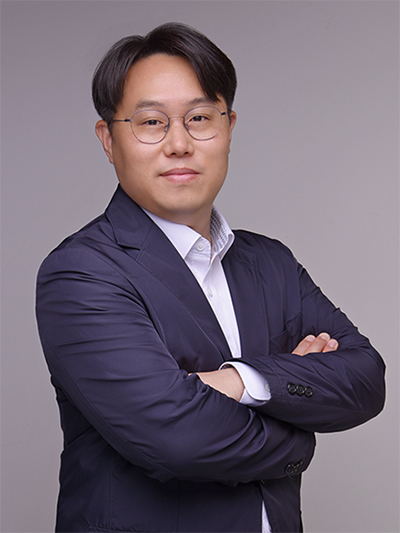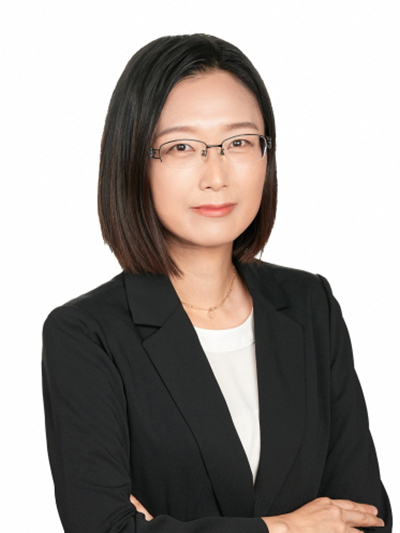
Prof. Jangwon Seo started his position at the KAIST CBE Department as Associate Professor in May, 2021. Prof. Seo received his B.S. and M.S. in Fiber and Polymer Science, and Ph.D. in Materials Science and Engineering from Seoul National University. After Ph.D., he moved to University at Buffalo, State University of New York to pursue his postdoctoral studies. Since 2013, he had been Senior Researcher and subsequently as Principal Researcher at Korea Research Institute of Chemical Technology before he joined our department.
His research interests include perovskite solar cells, flexible and tandem solar cells, perovskite materials (single crystals, nanoparticles, and hybrid) for optoelectronic devices, and organic-polymer materials for optoelectronic devices. His research efforts have resulted in recent groundbreaking achievements, including “A fluorene-terminated hole-transporting material for highly efficient and stable perovskite solar cells” (Nature Energy, 2018), “Efficient, stable and scalable perovskite solar cells using poly(3-hexylthiophene)” (Nature, 2019) and “Efficient perovskite solar cells via improved carrier management” (Nature, 2021).

Prof. Nam-Soon Choi started her position at the KAIST CBE Department as an Associate Professor in August 2021. Prof. Choi received her B.S. in Chemical Engineering from Busan National University, and M.S. and Ph.D. in Chemical and Biomolecular Engineering from KAIST. She initially started her professional career as a Senior Researcher at R&D center of Samsung SDI. After spending six years in industry, she moved to the School of Energy and Chemical Engineering, UNIST in 2010 as an Assistant Professor to pursue her academic career. Before joining KAIST, she had been promoted to a Full Professor at UNIST.
Her research interests include electrolytes, batteries, interfacial analysis, and polymers for electrode binders. Her recent notable research achievements include “Replacing conventional battery electrolyte additives with dioxolone derivatives for high-energy-density lithium-ion batteries” (Nature Communications, 2021), “An anti-aging electrolyte additive for high-energy-density lithium-ion batteries” (Advanced Energy Materials, 2020), and “Cyclic aminosilane-based additive ensuring stable electrode–electrolyte interfaces in Li-ion batteries” (Advanced Energy Materials, 2020).





